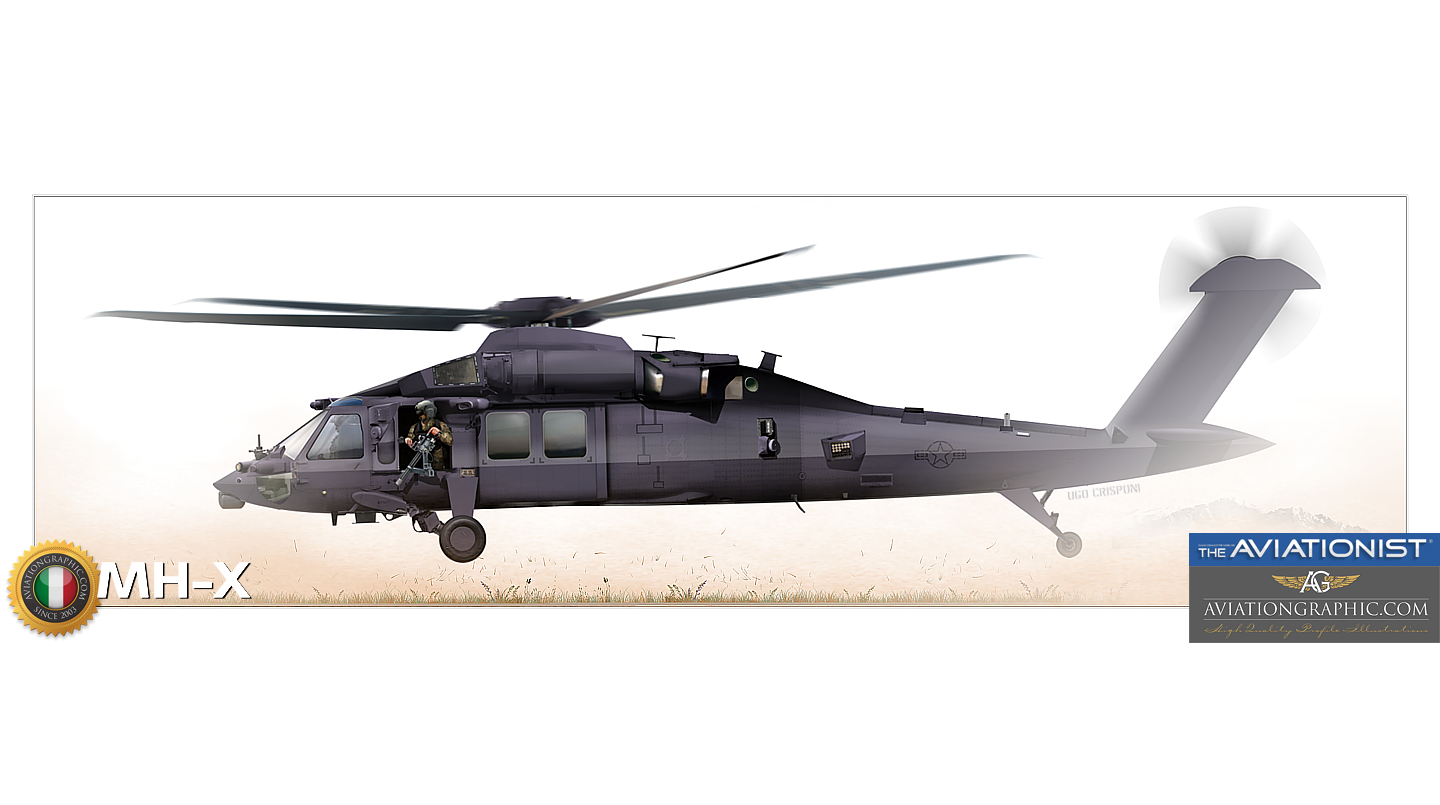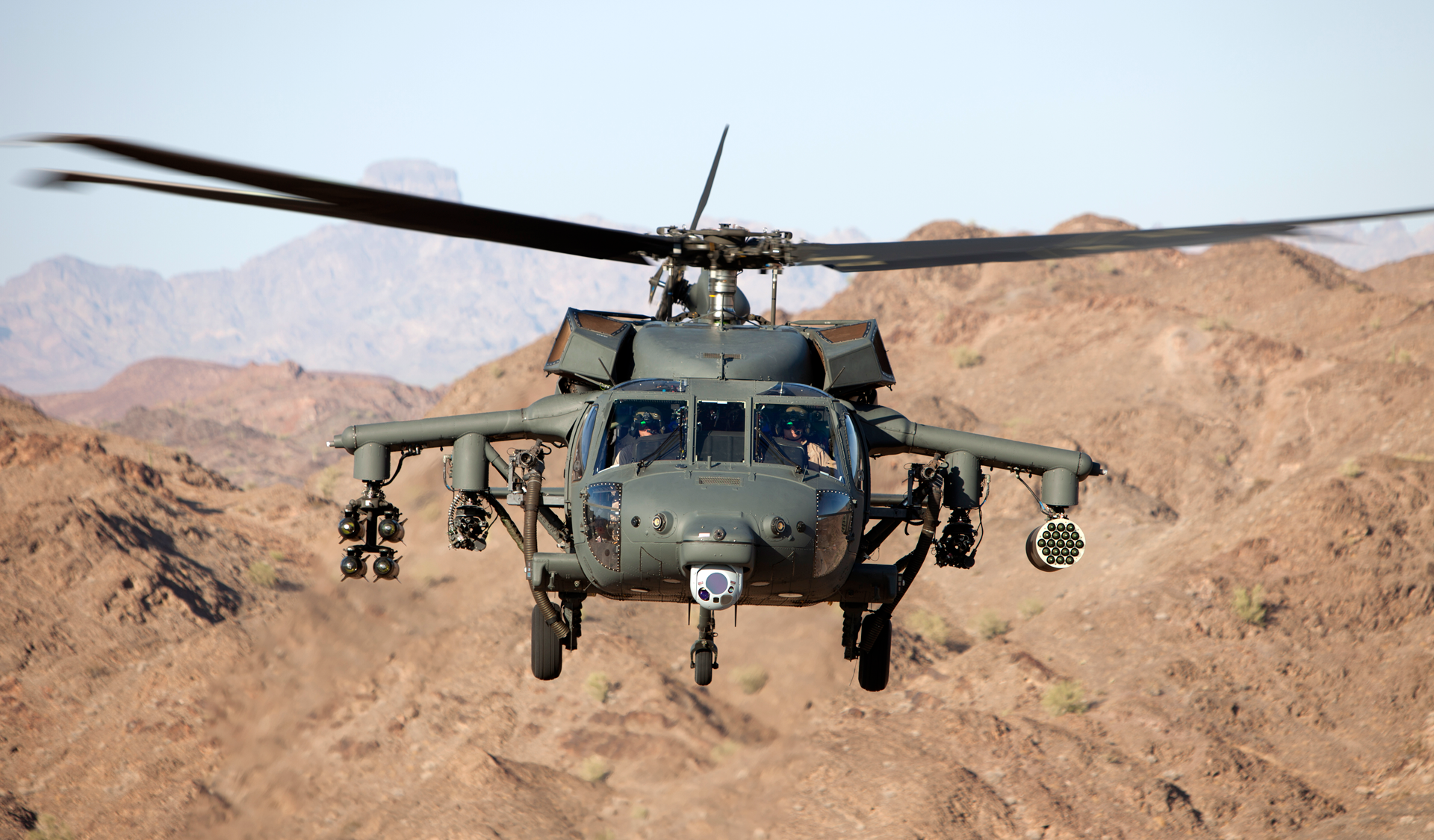Why the Blackhawk Helicopter Attracts Attention as a Leader in Modern Helicopter Design
Checking Out the Thrills and Innovations of the Blackhawk Helicopter
The Blackhawk helicopter stands as a testament to armed forces aeronautics's evolution, combining technical advancements with functional applications. What lies in advance for this iconic airplane, and how will emerging modern technologies shape its future in armed forces operations?
History of the Blackhawk Helicopter
Given that its inception in the 1960s, the Blackhawk helicopter has played a crucial function in modern-day army aeronautics. Developed by Sikorsky Airplane, the UH-60 Blackhawk was developed to satisfy the united state Military's need for a functional energy helicopter with the ability of performing a variety of missions, consisting of army transportation, clinical evacuation, and freight airlift. The layout was a feedback to the constraints of earlier helicopters, specifically in terms of maneuverability, rate, and survivability.
The Blackhawk made its very first flight in 1974 and soon entered service in 1979. Its introduction marked a significant development in helicopter innovation, including a two-rotor system that enhanced performance and stability. The aircraft's tough building and construction and progressed avionics enabled it to operate effectively in diverse environments and problems.
Throughout the years, the Blackhawk has actually been constantly updated, including lessons discovered from various combat scenarios. Its release in problems such as the Gulf War, Somalia, and the War on Terror further strengthened its online reputation as an essential property. The Blackhawk's tradition is defined by its adaptability and strength, making it a keystone of army aviation for years.
Secret Features and Requirements
The Blackhawk helicopter is identified by its durable style and progressed technological functions, which collectively enhance its functional capabilities. Made mainly for utility goals, the Blackhawk boasts an optimum takeoff weight of roughly 22,000 pounds, permitting it to bring substantial payloads while maintaining dexterity.
Equipped with 2 General Electric T700-GE-701C engines, the Blackhawk achieves an optimal speed of around 183 knots and a series of 368 nautical miles - Blackhawk Helicopter. Its modern rotor system features a four-blade major rotor and a four-blade tail rotor, ensuring security and ability to move in various flying problems
The helicopter's cabin can suit up to 11 soldiers or different freight configurations, showcasing adaptability in goal profiles. Additionally, the Blackhawk is created with innovative avionics, including digital trip controls and a thorough cabin display, boosting pilot situational understanding.
For boosted survivability, the Blackhawk includes ballistic armor and self-sealing gas tanks. Its capability to run in varied atmospheres, from deserts to icy terrains, additionally strengthens its reputation as a dependable system for humanitarian and armed forces operations alike. The Blackhawk's combination of strength, versatility, and power makes it a cornerstone of modern aerial abilities.
Improvements in Innovation
Innovations in innovation have significantly boosted the capacities of the Blackhawk helicopter, ensuring it stays at the forefront of military aeronautics. One of the most significant developments is the integration of innovative avionics systems, which supply enhanced situational understanding through real-time information processing and display. This innovation allows pilots to browse complex settings better, boosting mission success prices.

Furthermore, the intro of electronic fly-by-wire systems has revolutionized the control devices of the Blackhawk, supplying smoother handling and raised responsiveness. These systems facilitate innovative ability to move, important in high-stakes scenarios. Improvements in interaction and networking technologies make it possible for seamless control amongst devices, improving total operational performance. Collectively, these technical innovations guarantee that the Blackhawk helicopter continues to be an important property in modern military operations.
Duties in Armed Force Workflow
With advanced innovation boosting its abilities, the Blackhawk helicopter plays a diverse duty in armed forces operations. Mainly, it is utilized for army transportation, enabling quick deployment and extraction of personnel in different battle situations. Its spacious cabin can accommodate as much as 11 troops, anchor making it an essential asset for unique procedures and massive goals.
Additionally, the Blackhawk functions as a medevac platform, geared up to carry injured soldiers swiftly and effectively from the field of battle to medical centers - Blackhawk Helicopter. Its convenience reaches logistical assistance, where it lugs products and equipment critical for maintaining armed forces operations in remote areas

The helicopter is also instrumental in reconnaissance goals, giving aerial surveillance and intelligence-gathering capacities. Its ability to run in diverse environments-- varying from metropolitan setups to severe terrains-- more strengthens its significance on the battlefield.
In Addition, the Blackhawk can be outfitted with innovative weaponry, permitting it to engage in combat and give close air assistance. This versatility underscores the helicopter's important role in modern-day army methods, making it an important part of militaries worldwide.
Future Dopes and Innovations
Developments in modern technology assurance to usher in a new period for the Blackhawk helicopter, boosting its capabilities and operational performance. Future advancements for the Blackhawk might consist of enhancements in avionics, such as advanced flight control systems and enhanced situational awareness tools powered by man-made knowledge.
In addition, the integration of unmanned systems is on the horizon, potentially permitting for manned-unmanned teaming operations that can expand mission profiles and minimize danger to personnel. The Blackhawk's style is likewise anticipated to integrate lighter and more powerful products, enhancing fuel efficiency and overall performance.

Conclusion
In final thought, the Blackhawk helicopter stands for a substantial success in military aviation, defined by its flexibility and progressed technological attributes. Its historical evolution reflects a constant response to operational requirements, enhancing capabilities in various functions such as troop transportation and medevac operations. Recurring innovations, including the combination of man-made knowledge and hybrid-electric propulsion, assure to further strengthen the Blackhawk's efficiency and significance in future armed forces interactions, guaranteeing its status as a necessary property on the combat website here zone.

With sophisticated innovation improving its abilities, the Blackhawk helicopter plays a diverse function in military procedures. (Blackhawk Helicopter)